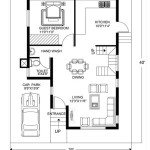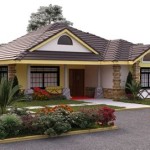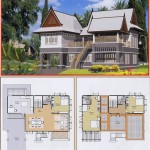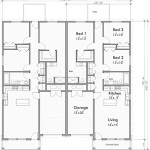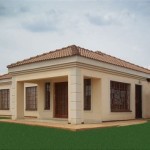# Great Horned Owl Nest Box Plans: Providing a Safe Haven for Majestic Night Hunters The Great Horned Owl (Bubo virginianus), a captivating nocturnal predator with its piercing eyes and distinct ear tufts, plays a vital role in maintaining ecological balance. As apex predators, they help regulate prey populations and ensure a healthy ecosystem. However, these majestic birds face challenges finding suitable nesting sites in developed areas due to habitat loss and disturbance. Providing nest boxes specifically designed for Great Horned Owl nesting can be an effective way to support their populations and ensure their continued presence in our landscapes. ## Understanding Great Horned Owl Nesting Behavior: To create an effective nest box, it's essential to understand the nesting behavior of Great Horned owls. These owls typically nest in cavities found in large trees, cliffs, or abandoned structures. They prefer secluded areas with minimal human disturbance. The nesting season usually begins in late winter or early spring, and the female owl lays two to four eggs, which are incubated for about a month. The owlets fledge the nest around six to eight weeks after hatching. ## Designing a Great Horned Owl Nest Box:
1. Dimensions and Shape:
- The ideal nest box for Great Horned Owl should have a large interior space to accommodate the adult owls and their young. The recommended dimensions are approximately 3 feet tall, 2 feet wide, and 2 feet deep. - The shape of the nest box should be square or rectangular with a slightly slanted roof to prevent water accumulation.2. Entrance Hole:
- The entrance hole should be large enough to allow the owls to enter and exit comfortably. A diameter of 10-12 inches is generally suitable. - Position the entrance hole near the top of the front panel to provide maximum protection from rain and wind.3. Interior Features:
- Install a wooden platform or shelf approximately 12 inches below the entrance hole to serve as a nesting surface. - Add a layer of wood chips, straw, or shredded bark to the platform to provide comfortable nesting material for the owls. - Consider adding a perch near the entrance hole to allow the owls to rest and survey the surroundings.4. Ventilation and Drainage:
- Ensure adequate ventilation by installing screened vents near the top of the nest box to prevent moisture buildup. - Incorporate drainage holes in the floor of the nest box to allow rainwater to drain out, keeping the interior dry.5. Materials and Construction:
- Choose durable and weather-resistant materials such as untreated wood or plastic for the nest box construction. - Pay attention to the quality of craftsmanship to ensure the nest box is sturdy and withstands harsh weather conditions. ## Selecting the Right Location for the Nest Box:1. Habitat Preference:
- Great Horned Owl prefers wooded areas, parks, and open fields with scattered trees. - Choose a location that provides ample hunting grounds for the owls, such as areas near water bodies, meadows, or forest edges.2. Height and Placement:
- Mount the nest box on a sturdy pole or tree at a height of 15-20 feet above the ground. - Ensure the nest box is stable and secure to prevent swaying or falling. - Select a location that offers good visibility and protection from strong winds.3. Disturbance and Accessibility:
- Place the nest box in an area with minimal human disturbance to ensure the owls feel safe and secure. - Avoid areas with heavy foot traffic, construction activities, or excessive noise. - Allow easy access to the nest box for monitoring and maintenance purposes. ## Monitoring and Maintenance of the Nest Box:1. Regular Inspection:
- Inspect the nest box periodically, especially before the nesting season, to check for damage or signs of wear and tear. - Clean the nest box thoroughly after the nesting season to remove old nesting material and prevent the accumulation of debris.2. Predator Control:
- Take measures to deter predators such as raccoons, squirrels, and snakes from accessing the nest box. - Install predator guards or baffles below the entrance hole to prevent climbing.3. Owl Activity Monitoring:
- Observe the nest box for signs of owl activity, such as pellets, feathers, or vocalizations. - Keep a record of nesting activity, including egg-laying dates, hatching, and fledging. By providing well-designed nest boxes and creating suitable nesting habitats, we can support the conservation of Great Horned Owl populations and ensure these magnificent predators continue to grace our natural landscapes for generations to come.
Great Horned Owl Nest Box Plan

Great Horned Owl 70birds Birdhouse Plans Index

11 Elegant Great Horned Owl House Plans Photograph Bird Nesting Barn

Build An Owl Nest Box International Center

Nest Box Project

Great Horned Owl At Nest Box Human Made Nests Are Helping Birds Mia Mcpherson S On The Wing Photography

Great Horned Owl At Nest Box Human Made Nests Are Helping Birds Mia Mcpherson S On The Wing Photography

Building Owl Boxes Curbstone Valley

Owls Nc State Extension Publications

Great Horned Owl Red Tailed Hawk Osprey Platform Plans Bird Houses House Kits




